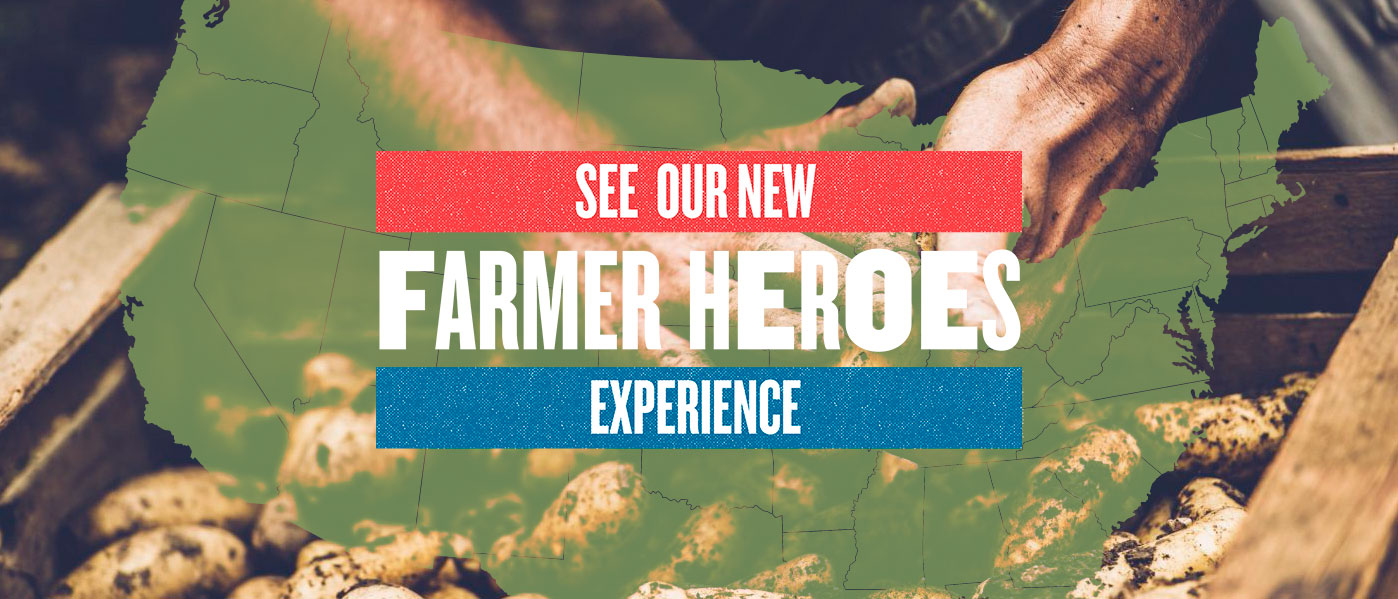Cottonwood, Minn.
Growing renewable energy as if our future depended on it

Tony Thompson farms 3500 acres in southwest Minnesota growing corn, soybeans and a variety of other crops including rye, buckwheat, sunflower, alfalfa, winter wheat and oats. Situated in an “eco-region” that once was the Northern Tall Grass Prairie, the nearly flat land is well suited for grain production. Tony rotates his crops every year to strengthen his farm’s biodiversity and to mimic natural processes that help control weeds and pests.
Tony grows a good fraction of his corn and soybeans for biofuels – fuels derived from plants to power our cars and heat our homes. Not far from Tony’s farm are two bio-refineries; one takes his corn to produce ethanol while another uses his soybeans to produce soy-based biodiesel.
As consumer demand for biofuels increases, so too will markets for farmers’ crops. And many farmers are now looking at their farms as the source to meet all their energy needs. “My neighbor uses 100% biodiesel to power all his farm machinery. And I’ve calculated that it only takes 1% of corn from one acre to produce the biofuel I need to farm that acre,” said Tony. “I am hopeful that farmers can produce a large portion of the energy that this country needs.”
For several decades Tony has been adapting his production practices to make his farm as economically viable and environmentally sound as possible. For the past several years, Tony has been involved in a project supported by Farm Aid that is working with farmers to implement sustainability standards in the production of crops used for biofuels. Designed by the Institute for Agriculture and Trade Policies, these standards include reducing tillage and leaving surface residue such as corn stubble on the land to prevent soil erosion, forbidding certain herbicides and pesticides known to be carcinogenic, and requiring soil testing and analysis before applying fertilizers to minimize the amount of excess fertilizer that often runs off into streams and rivers and is responsible for much of this country’s water pollution.
“The goal of sustainability standards is to ensure the advancement of human and environmental well being, and to make the system as tight and free of leakages as possible,” said Tony. “Compared to the 1970s and 1980s, I’ve seen enormous improvement in water quality at the top of the watershed due to sustainable production practices farmers use to protect and enhance the environment. It will take some time to see these improvements down stream at the Gulf of Mexico, but I am very hopeful that with these.


